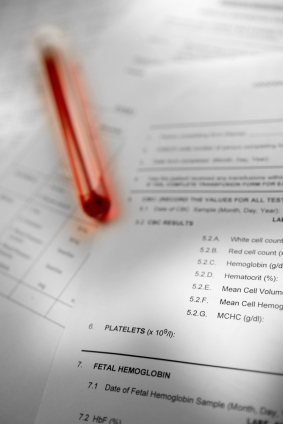Testing for Inhibitors
 If you are having bleeding issues despite taking your usual dose of factor, you should be tested for an inhibitor. Inhibitors are measured in "Bethesda units". If you have a very low inhibitor count (<5 BU) you may still benefit from factor at higher doses. Those with inhibitors >5 BU need alternative therapies to prevent and control bleeding. Unfortunately, these alternative therapies are not always as effective as factor.
If you are having bleeding issues despite taking your usual dose of factor, you should be tested for an inhibitor. Inhibitors are measured in "Bethesda units". If you have a very low inhibitor count (<5 BU) you may still benefit from factor at higher doses. Those with inhibitors >5 BU need alternative therapies to prevent and control bleeding. Unfortunately, these alternative therapies are not always as effective as factor.
High and low inhibitor response levels
People with Hemophilia can have different inhibitor levels. Generally, people with inhibitors are said to have a high or low titer (number of Bethesda units of inhibitor) inhibitor. A person with a high titer inhibitor will have a high concentration of inhibitor in their blood. Although the inhibitor level may fall on its own after a period of time without exposure to factor, it can increase when factor is used again. This is known as a memory response. People with Hemophilia in the same family can have different inhibitor responses. In some cases, inhibitors disappear and never reappear.
